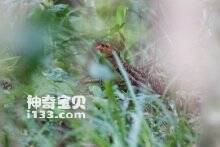
Xenoperdix udzungwensis is Udzungwa Forest-partridge, no subspecies. Specific habits are unknown.Listed on the International Union for Conservation of Nature (IUCN) 2016 Red List of Threatened Species ver 3.1 - Endangered (EN).Protect wild animals and eliminate wild meat.Maintaining ecological balan...
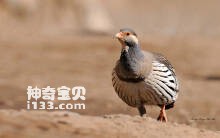
Tetraophasis caucasicus, Caucasian Snowcock, likes to form groups, usually in small groups of 3-5 birds. In areas with high density, large groups of 10-20 and even up to 100 individuals can be seen. Active during the day, from dawn until dusk, often walking up the mountainside to forage until the to...
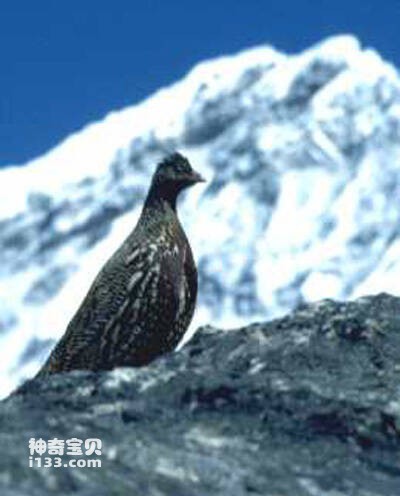
Tetraophasis caspius, Caspian Snowcock, eats seeds and plants. During the non-breeding season, they form small colonies. The nest is built on the ground, laying 6-9 eggs at a time, which are green and hatched by the female.Listed in Appendix I, Appendix II and Appendix III of the Convention on Inter...
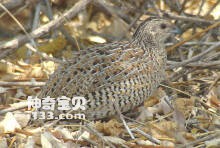
Synoicus ypsilophorus (Brown Quail) has 10 subspecies. It is mainly active at dawn and dusk, and the call is loud. Feeds on seeds and young grasses.Listed on the International Union for Conservation of Nature (IUCN) 2016 Red List of Threatened Species ver 3.1 - Not Threatened (LC).Protect wild anima...
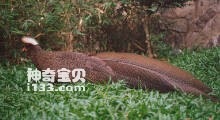
The Crested Argus (Rheinardia ocellata) has two subspecies.The crested pheasant usually moves alone in its territory. They only come together during the breeding season. The species is polygamous in the wild, with males performing elaborate courtship rituals during the mating season, calling and dan...

Ptilopachus nahani, foreign name Nahan' s Partridge is a traditional bird in the pheasant family. As its other name suggests, it was previously considered a partridge (Francolin) and placed in the genus Francolinus or Pternistis, but it was eventually determined that its closest relative was the...
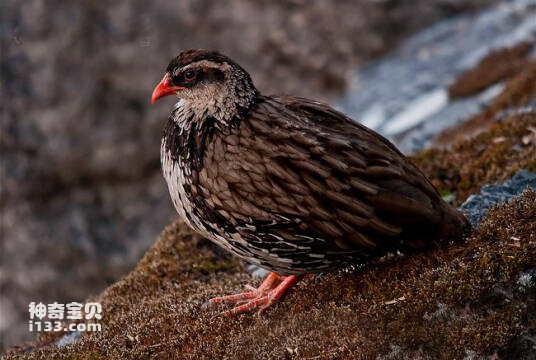
Swierstra (scientific name: Pternistis swierstrai) foreign name Swierstra' s Francolin, no subspecies.The partridge is usually solitary. Look for grass seeds, bean seeds and insects among the forest leaves. When encountering danger, he prefers running to escape danger rather than flying. The bre...
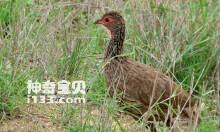
The colored partridge (scientific name: Pternistis swainsonii) foreign name Swainson' s Francolin, there are 2 subspecies.The partridge is usually solitary. It feeds on plant bulbs and bulbs, seeds, berries and shoots, as well as spiders and insects, including locusts, ticks, beetles, termites a...
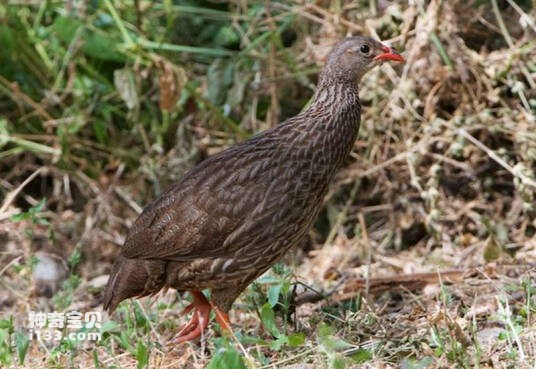
The Partridge squamatus (Pternistis squamatus) has six subspecies, Scaly Francolin.Partridges are usually solitary. Feed on bulbs and bulbs, seeds, berries and shoots of plants, including sweet potatoes and peanuts. They also eat small mollusks, termites, ants and other insects. When in danger, he p...
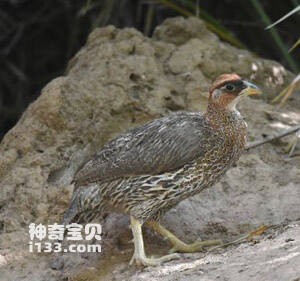
Pternistis ochropectus (Pternistis ochropectus) foreign name Djibouti Francolin, no subspecies.The partridge moves into more open woodland and scrubland after the breeding season. When in danger, he prefers running to escape danger rather than flying. It feeds on plant bulbs and bulbs, seeds, berrie...
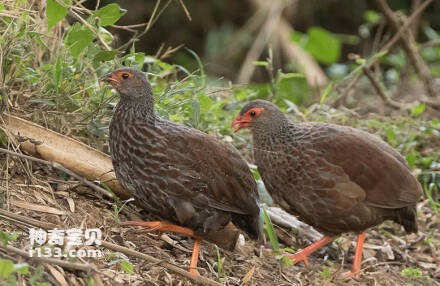
Colorful partridge (scientific name: Pternistis nobilis) foreign name Handsome Francolin, no subspecies.Colourful partridges usually live alone. It feeds on plant bulbs and bulbs, seeds, berries and shoots, as well as small mollusks, termites, ants and other insects. When in danger, he prefers runni...
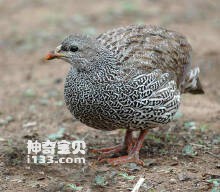
Natal Francolin (Pternistis natalensis) has two subspecies.The Natal colored partridge likes to be alone. It feeds on plant bulbs and bulbs, seeds, berries, shoots including grains, but also small mollusks, beetles, termites, grasshoppers and other insects. When in danger, he prefers running to esca...
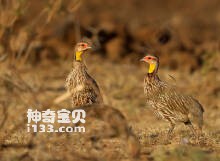
Yellow-necked Francolin (Pternistis leucoscepus), no subspecies.Sedge tubers were the main food, especially sedge plants, and the amount was more than 50%. They also eat small mollusks, termites, ants and other insects. When in danger, he prefers running to escape danger rather than flying. The bree...
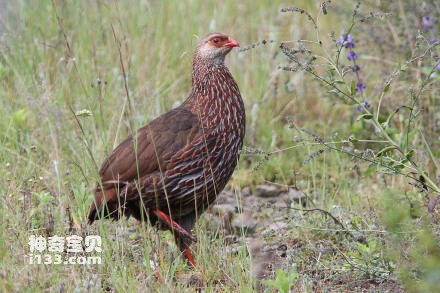
Kenya colored partridge (scientific name: Pternistis jacksoni) foreign name Jackson' s Francolin, no subspecies.Kenyan colored partridges like to sing from the edge of boulders or cliffs in their territory. Usually alone. Feeds on plant bulbs and grass buds, berries, small snails and insects. Wh...
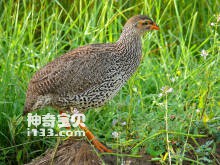
Yellow beak colored partridge (scientific name: Pternistis icterorhynchus) foreign name Heuglin' s Francolin, no subspecies.The yellow-billed partridge likes to sing from the edge of a boulder or cliff in its territory. Usually alone. It feeds on plant bulbs and bulbs, seeds, berries and shoots,...
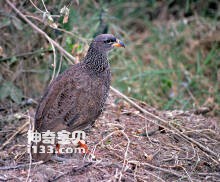
francolinushildebrandti (scientific name: Francolinus Hildebrandti) foreign name Hildebrandt' S. Francolin, there are 3 subspecies.The partridge mainly lives between 2000 and 2500 m above sea level, but can drop to 650 m locally. They usually live in pairs, but sometimes in small family groups....
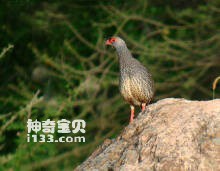
Hai's colored partridge (scientific name: Pternistis harwoodi) foreign name Harwood' s Francolin, no subspecies.The partridge usually searches the river banks for a variety of dense vegetation, but can easily enter nearby farmland in the early morning hours. Once these birds emerge from thei...
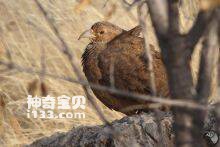
Hartlaub (scientific name: Pternistis hartlaubi) foreign name Hartlaub' s Francolin, no subspecies.The partridge is often found in relatively dense areas of grass and brush. Occurs in pairs or in family groups of 3-4 individuals, unless chirping, usually hidden among boulders. It feeds on plant...
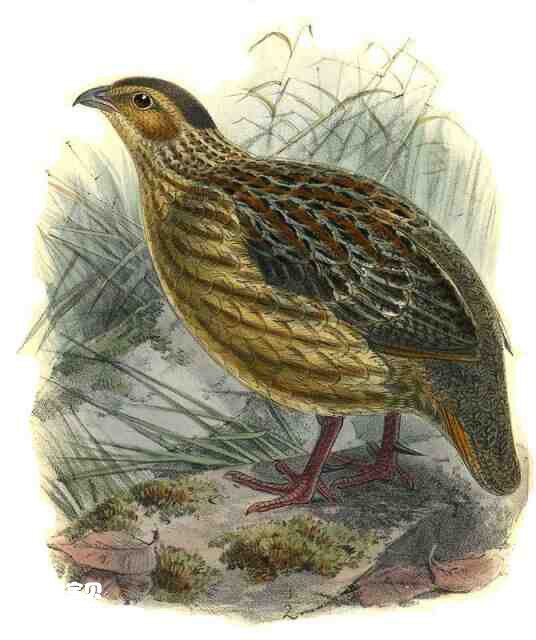
The Grey-striped Francolin (Pternistis griseostriatus) has no subspecies.The grey partridge likes to sing from the edge of a boulder or cliff in its territory. Usually alone. It consists of shoots, seeds, small beans, cassava, and large fruits of plants, as well as insects (including termites) and i...
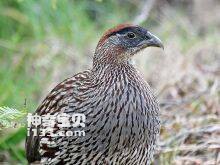
Brown top colored partridge (scientific name: Pternistis erckelii) foreign name Erckel' s Francolin, no subspecies.Brown-topped partridges like to sing from the edge of boulders or cliffs in their territory. Usually alone. It feeds on plant bulbs and bulbs, seeds, berries and shoots, as well as...